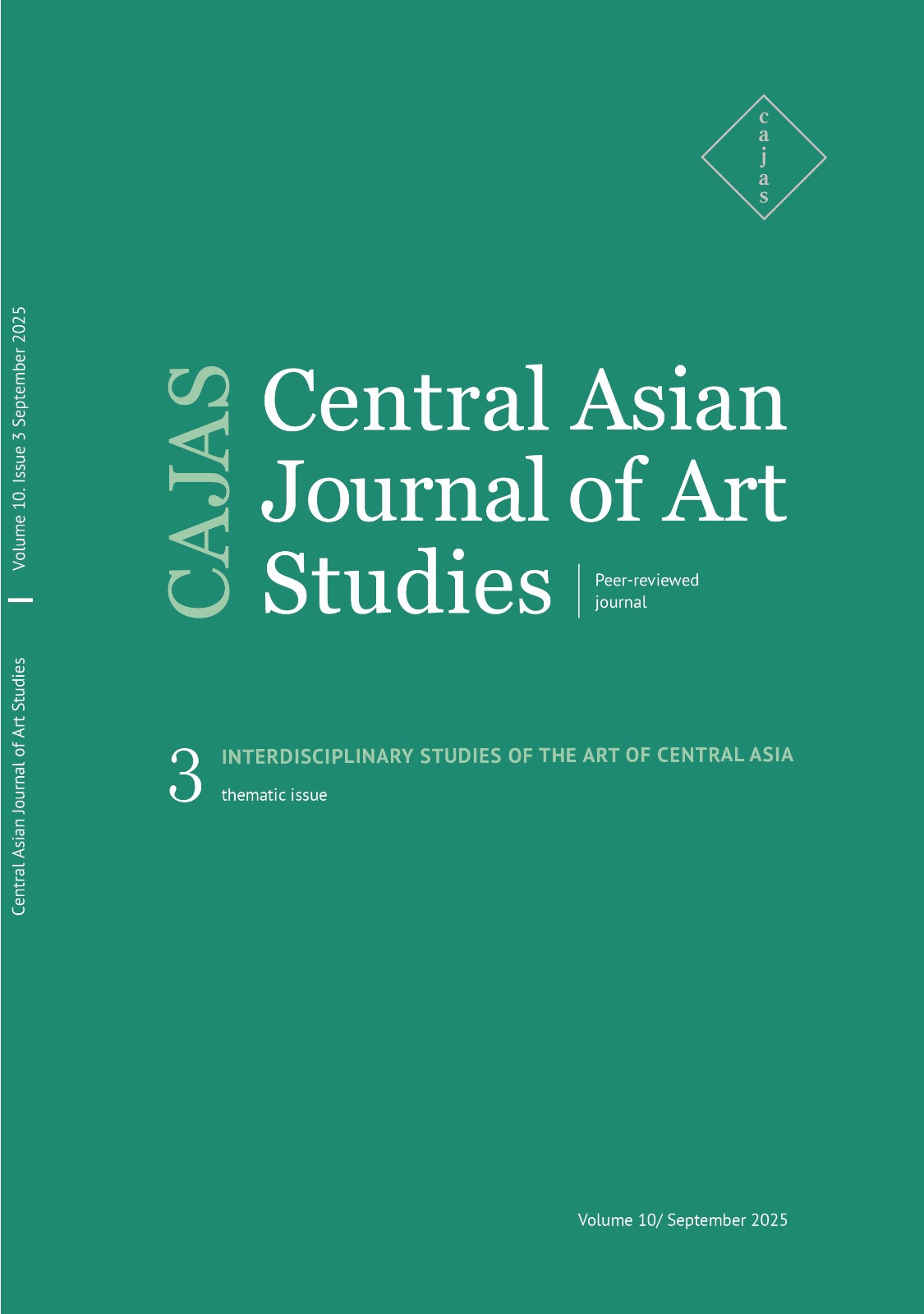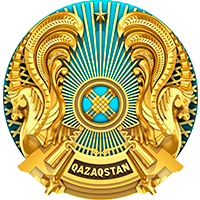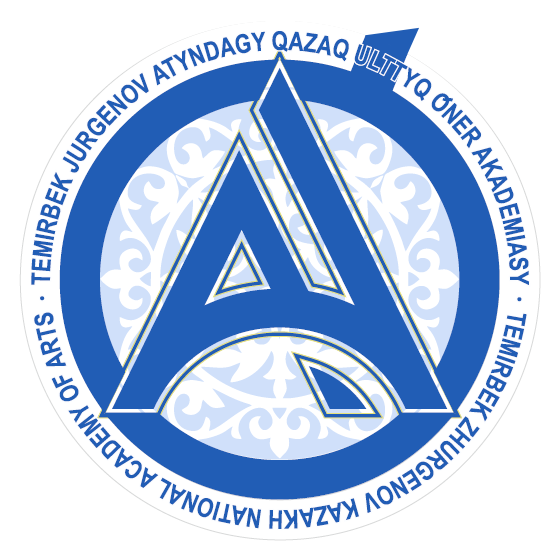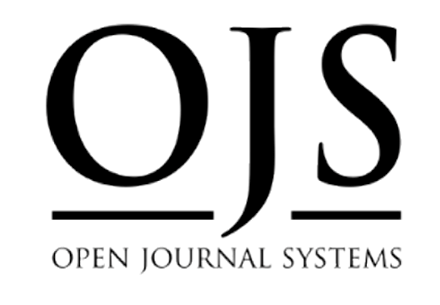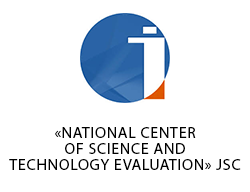ГЕНДЕРНЫЕ ОСОБЕННОСТИ В КАЗАХСКОМ И ГРУЗИНСКОМ ТАНЦАХ: ОТРАЖЕНИЕ НАЦИОНАЛЬНОЙ ИДЕНТИЧНОСТИ
DOI:
https://doi.org/10.47940/cajas.v10i3.1093Аннотация
Понятия танца, культурного кода, национальной идентичности играют важную роль в области истории искусства, культурологии и антропологии. Гендерные коды в хореографических решениях, то есть олицетворение мужчинами мужества, женщинами – нежности, являются одной из особенностей, которые также нашли отражение в танцевальном искусстве многих народов. В статье танцевальное искусство рассматривается как художественно-коммуникативный инструмент, отражающий культуру определенного народа или сообщества, выступающий носителем культурного кода. В качестве исследовательской задачи мы рассматриваем национальные танцы казахского и грузинского народов в сравнении. Целью исследовательской работы является выявление гендерных особенностей казахского и грузинского народов в сохранении национальной идентичности через искусство танца. В хронологическом пространстве исследования анализируются танцы за последние пять лет. Для достижения цели исследования основное внимание уделяется произведениям и творчествам профессиональных хореографов в национальном танцевальном искусстве. Эта исследовательская работа также способствует укреплению культурных связей между Казахстаном и Грузией и показывает, что с помощью танца можно сохранить национальную идентичность.Ключевые слова:
казах, грузин, танцевальное искусство, национальная идентичность, гендерная идентичностьСкачивания
Библиографические ссылки
Akhanbaikyzy, A. (2021, April 22). «Özegine ult minezi uyalaghan 'Saltanat» [«Saltanat” rooted in the national character]. Egemen Kazakhstan. https://egemen.kz/article/272514-ozegine-ult-minezi-uyalaghan-saltanat. (in Kazakh)
Anderson, B. (1983). Imagined Communities: Reflections on the Origin and Spread of Nationalism (3rd ed., 2006). p.160. ISBN 0860910598.
Assmann, A. (2011). Cultural Memory and Western Civilization: Functions, Media, Archives. Cambridge University Press. 410 p. https://archive.org/details/culturalmemorywe0000assm?utm_source
Balapanova, A. S., & Asyltaeva, E. B. (2018). Qazaqstan Respyblikasyndaǵy biregeilený úderisiniń kezeńderi [Stages of the unification process in the Republic of Kazakhstan]. KazNU Bulletin. Philosophy, Political Science and Cultural Studies, 42(1), 72–79. https://bulletin-philospolit.kaznu.kz/index.php/1-pol/article/view/813. (in Kazakh)
Bonanno, G., Fiorino, N., Garzarelli, G., & Rossi, S. P. S. (2020). Public guarantee schemes, corruption and gender: a European SME-level analysis. Applied Economics, 52(60), 6498–6513. https://doi.org/10.1080/00036846.2020.1798342
Butler, J. (1990). Gender Trouble: Feminism and the Subversion of Identity. Routledge. https://doi.org/10.4324/9780203902752
Chamba Nana, M. F. (2024). Cultural globalisation: From the globalisation of modernity in traditional dances to the practice of hybridisation in contemporary dance in Cameroon. Atlantic Studies, 1–25. https://doi.org/10.1080/14788810.2024.2404685
Dairabaeva, G. B., Shadinova, G. A., & Maldybek, A. Zh. (2018). Kazakhstanskoe obshchestvo: poisk identichnosti v mirovom kul'turnom protsesse [Kazakh society: search for identity in the global cultural process]. KazNU Bulletin. Philosophy, Political Science and Cultural Studies, 48(3), 115–120. https://bulletin-philospolit.kaznu.kz/index.php/1-pol/article/view/585. (in Russian)
Kessels, U., Heyder, A., Latsch, M., & Hannover, B. (2014). How gender differences in academic engagement relate to students’ gender identity. Educational Research, 56(2), 220–229. https://doi.org/10.1080/00131881.2014.898916
Kulsarieva, A. T., Shaigozova, Zh., & Sultanova, M. (2018). Odin narod – raznye sud’by: Kazakhstan v poiskakh kul’turnoy identichnosti [One nation – different destinies: Kazakhstan in search of cultural identity]. KazNU Bulletin. Philosophy, Political Science and Cultural Studies, 49(4), 76–86. https://bulletin-philospolit.kaznu.kz/index.php/1-pol/article/view/642. (in Russian)
Kvekveskiri, M. (2023). Male image in Georgian dance. Georgian Choreography, (5), 12–19.
Lewis, H. L. (2003). Differences in Ego Identity Among College Students Across Age, Ethnicity, and Gender. Identity, 3(2), 159–189. https://doi.org/10.1207/s1532706xid030205
Liu, S. (2020). The Chinese dance: a mirror of cultural representations. Research in Dance Education, 21(2), 153–168. https://doi.org/10.1080/14647893.2020.1782371
Lovell, N. (1997). Unleashing spirits and unbounding gender: Vocal gods and polyvalent discourse in watchi possession. Ethnos, 62(3–4), 79–106. https://doi.org/10.1080/00141844.1997.9981553
Ma, D. S., Berzenski, S., & Eccleston, C. (2024). The iii-rg: An individual difference measure of intersectional identities integration of race and gender identities. Self and Identity, 24(1–2), 51–80. https://doi.org/10.1080/15298868.2024.2436022
McAllister, I. (2016). National identity and attitudes towards immigration in Australia. National Identities, 20(2), 157–173. https://doi.org/10.1080/14608944.2016.1206069
Moghadam V. M. (2020). What was globalization? Globalizations, 18(5), 695–706. https://doi.org/10.1080/14747731.2020.1842095
Musataeva, F. M., & Ermagambetova, K. S. (2022). Qazaqstannyn mädeni landshaftyndaghy keńistiktiń zhana ideologiyası [New ideology of space in Kazakhstan’s cultural landscape]. Adam Alemi, (4) (94), 30–45. https://adamalemijournal.com/index.php/aa/article/download/237/120. (in Kazakh)
Rahal, D., Kurtz-Costes, B., & Volpe, V. V. (2022). Ethnic identity in Arab Americans: gender, religious upbringing, and age differences. Social Identities, 28(4), 544–569. https://doi.org/10.1080/13504630.2022.2110464
Rakhimbekova, B., Kylyshbayeva, B., & Seysebaeva, R. (2024). Zhaһandanu zhaǵdaıyndaǵy ulttyq biregeılik kontseptualdanu mәselelerі [Issues of conceptualizing national identity in globalization]. KazNU Bulletin. Philosophy, Political Science and Cultural Studies, 90(4), 111–120. https://doi.org/10.26577/jpcp.2024.v90.i4.a9. (in Kazakh)
Stud.kz. Mädeniettiñ negizgi elementteri [Main elements of culture]. https://stud.kz/referat/show/109084
Toigan Izim, Zhanibek Kayyr, & Aigul Kulbekova. (2021). QAZAQ HALQYNYN DÁSTÚRLÍ BI ÓNERINÍŃ BOLMYSY [The existence of Kazakh traditional dance art]. Central Asian Journal of Art Studies, 6(2). DOI: https://doi.org/10.47940/cajas.v6i2.442. (in Kazakh)
Toktarov, E. B., & Altaev, Zh. A. (2015). Internet i natsionalnaya identichnost Kazakhstsev [Internet and national identity of Kazakhs]. KazNU Bulletin. Philosophy, Political Science and Cultural Studies, 52(3). https://bulletin-philospolit.kaznu.kz/index.php/1-pol/article/view/212. (in Russian)
Urquía, N. (2005). The re-branding of salsa in London’s dance clubs: How an ethnicised form of cultural capital was institutionalised. Leisure Studies, 24(4), 385–397. https://doi.org/10.1080/02614360500200698
Ballet Academy of Kazakhstan (2025). Scientific internship: Almat Sherdaruly’s practice in Georgia. Kazakh National Academy of Choreography, 24.04.2025. https://balletacademy.edu.kz/
Sukhishvili.net (2025). Official Sukhishvili's Tour Dates and Tickets. https://sukhishvili.net/latvia/
Lotman, Y. M. (2000). Semiosphere. St. Petersburg: Iskusstvo-SPB. ISBN 5-210-01488-6.
Hamidullina, E. (2021). Traditions and innovations in women’s dance. Science and Culture, (1), 19–25
Опубликован
Как цитировать
Выпуск
Раздел
Лицензия
Copyright (c) 2025 Central Asian Journal of Art Studies

Это произведение доступно по лицензии Creative Commons «Attribution-NonCommercial-NoDerivatives» («Атрибуция — Некоммерческое использование — Без производных произведений») 4.0 Всемирная.


